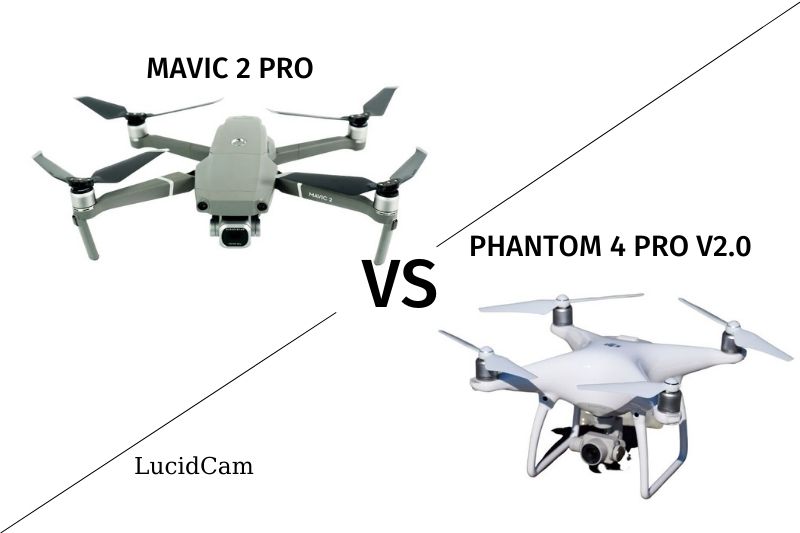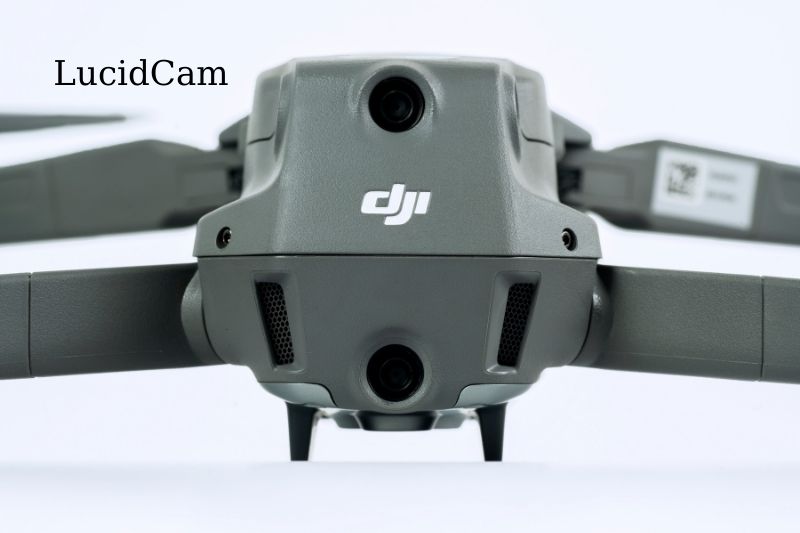There are many drones on the market, and it can be hard to know which one is best.
The main difference between these two models is that the Phantom 4 Pro has been out longer and has more available accessories than the new Mavic 2 Pro 2023. The Mavic 2 Pro will have some newer features, such as obstacle avoidance, so it’s worth considering if you want those features in your drone.
LucidCam will compare two popular models in this post: DJI Phantom 4 Pro vs Mavic 2 Pro 2023. Which drone do you think is better? Let us know in the comments below!
Table of Contents
About DJI Phantom 4 Pro V2.0
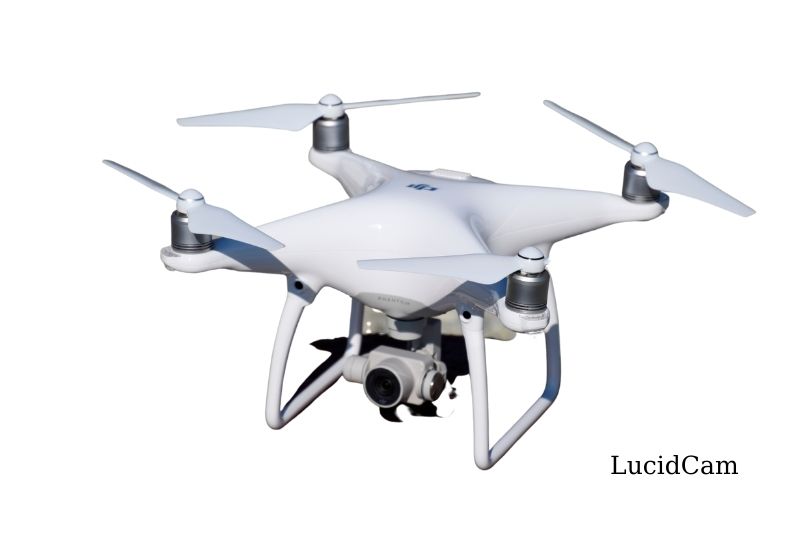
The DJI Phantom4 Pro V2.0 drone is the latest model in the Phantom drone series. This range has elevated DJI to the top of the list as the global leader in drones.
In 2018, the DJI Phantom4 Pro V2.0 was introduced. It was a significant upgrade to the DJI Phantom 4.
This phantom drone is a pro-level model thanks to its 20MP sensor (1 inch) and the ability to record video up to 4K at 60 fps. It’s not the most affordable or smallest DJI Phantom drone, but it is still an excellent option for pilots looking to fly drones.
Pros
- Its small size makes it easy to travel with.
- Built-in 4K camera without Fish-eye effect
- The 3-Axis Gimbal offers pixel-grade stabilized video
- DJI Pilot app lets you control the camera, focus, and stream live video.
- Built-in Collision Avoidance and Obstacle Sensing Detection
- Tap-to Fly and Tap-to Follow camera modes
- Fail-Safe mode returns the drone to home when there is low battery alert
- Can be used indoors with or without GPS
Cons
- Bulky design
- There is no built-in display for the remote control
- Gimbal’s screeching sound
About DJI Mavic 2 Pro
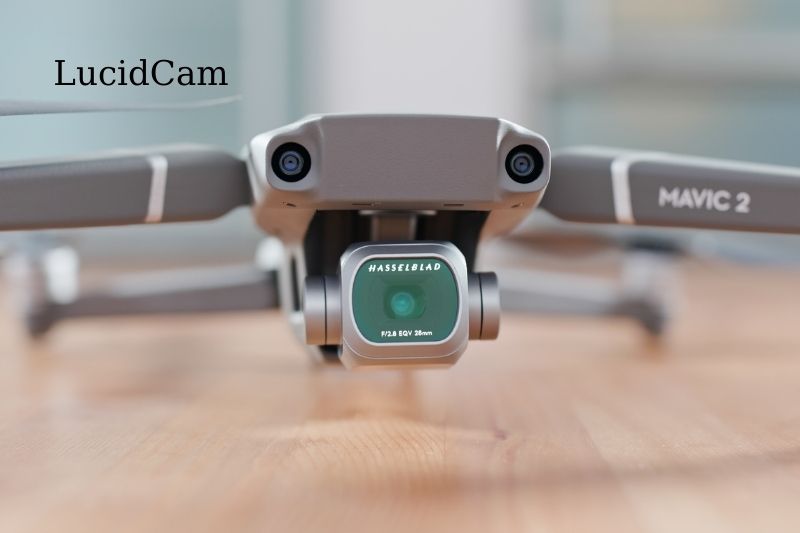
The Mavic 2 Pro is worth looking at if you require features such as variable aperture. Its 20MP, the 1-inch sensor can capture some of the finest 4K video and raw stills from a consumer drone.
Pros
- It’s easy to fly
- Camera control with Intuitive App
- Large 20MP sensor measuring one inch
- Control of the aperture
- Foldable design
Cons
- Battery life is short
- Above ISO 100, noise is a problem
- Camera locked in landscape orientation
DJI Phantom 4 Pro vs Mavic 2 Pro – Comparison
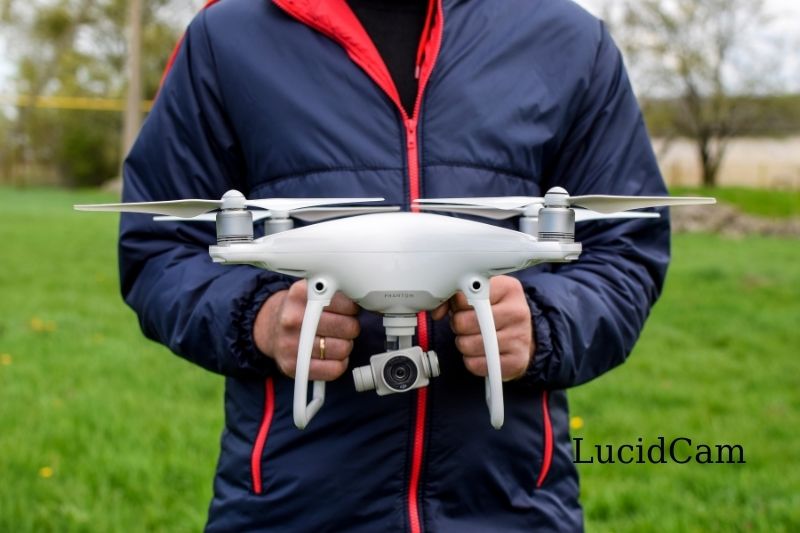
Design
- The Phantom 4 Pro V2.0 weighs more than the Mavic 2 Pro.
- Thanks to its foldable design, the Mavic 2 Pro can be carried around easily
- The Mavic’s controller can be folded, and the Phantom’s can hold a 10-inch tablet.
The design of the Phantom 4 Pro V2.0 and Mavic2 Pro V2.0 is quite different.
The Phantom is a traditional DJI drone design. It hasn’t changed much from the original Phantom models.
The DJI Phantom4 Pro Phantom looks like an X-shape from the top. There are propellers at each end of each arm. These need to be attached for flight and then taken off for transport. The drone is supported on two tall feet, which double as antennas. Between them hang the camera and gimbal.
The DJI Phantom4 Pro V2.0 is 251×398.78×172.72mm in size and weighs 1,375g when it has a battery and propellers. It’s pretty large and heavy compared to the Mavic 2 Pro.
The Mavic 2 Pro measures 214x91x84mm folded and weighed 907g with battery and propellers.
The propellers of the Mavic can be attached to the aircraft during transport because they rotate so that one side is over the other.
Camera Performance
The most important comparison between the drones is their camera performance and their impact on aerial photography and videography.
The Phantom 4 Pro V2.0 boasts some impressive camera specs.
The Phantom4 Pro V2.0 is an excellent choice for stunning imagery. It has a one-inch CMOS sensor that can capture 20MP images and 14fps burst mode. Cinema 4k/60fps is also available. Creatives have the option to adjust the aperture from f/2.8-f.
This product has a mechanical shutter, which is one of the most significant advantages. This helps to reduce the troublesome rolling shutter effect and allows pilots to freeze fast-moving objects in frames, allowing users to capture high-speed action with fantastic clarity.
These images illustrate the differences between an electronic shutter and a mechanical shutter.
The Mavic2 Pro, on the other hand, does not come with a mechanical shutter. However, it has impressive tools to help you create amazing images. The Mavic 2 Pro’s 10-bit DlogM color profile gives photographers more control over dynamic ranges.
It also allows for greater flexibility in color grading post-production. It can also capture 4K 10bit HDR video.
The Mavic 2 Pro’s sensor, which is 1-inch, can also capture 20MP images. It has identical aperture settings (f/2.8-f/11).
The Mavic 2 Pro’s 4K/30fps @ 100 Mbps is slightly lower than the Phantom’s 4-K/60fps @ 100Mbps. It also features a Burst Mode that can be used at up to 5fps instead of the Phantom’s 4.
Two drones can hold a 128GB microSD Card, while the Mavic2 Pro has 8GB internal storage. However, However, 4K video should be recorded onto a larger SD card. Internal storage relying on a memory card should not be a problem.
The Mavic 2 Pro captures JPEG (Raw), while the Phantom4 Pro V2.0 captures JPEG (Raw), DNG (Raw), JPEG + DNG.
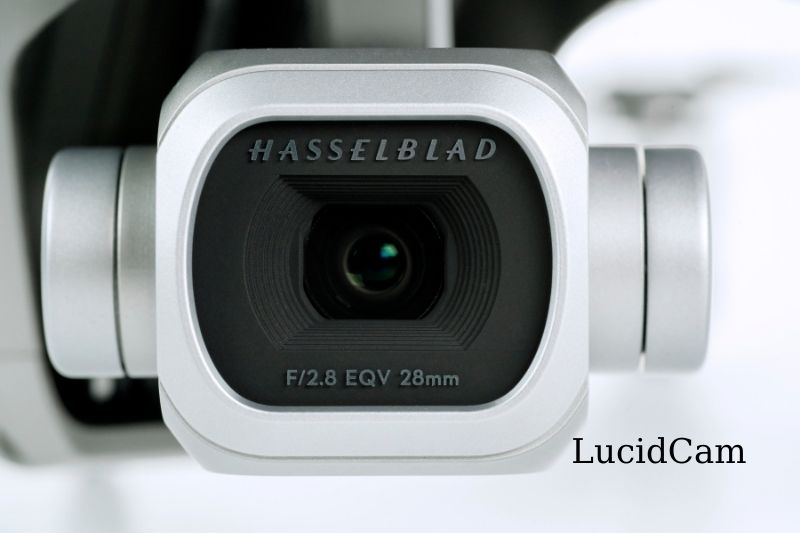
Video and Image Quality
The Mavic can shoot 4K/30p video and the Phantom 4K/60p video (both at 100Mbps). The Phantom’s mechanical shutter helps to avoid rolling shutters.
Both drones have an adjustable aperture of f/2.8 to f/11 and can shoot raw images. Both drones produce very similar video quality. Two drones are excellent performers due to their 20MP 1-inch sensors.
The DJI Mavic 2 Pro’s camera uses a Hasselblad sensor with a focal length equivalent to a full frame of 28mm. The Phantom is slightly larger at 24mm.
The DJI Mavic2 Pro appears to produce slightly sharper images than the Phantom4 Pro V2.0. This makes it an excellent choice for stills photographers who are looking for an aerial drone.
The drones have an adjustable aperture from f/2.8 to f/11. They can also capture raw stills in DNG format and 4K video in flat profiles to color grade.
This is crucial when you need to color-match aerial footage to professional workflows. Both drones can also record video with profiles attached to use footage right out of the camera. This makes them great for amateur use.
The Phantom 4 Pro V2.0 is the best video camera and could prove to be the decisive factor for videographers. The Phantom’s larger size means a larger camera. It also features a mechanical shutter which makes it easier to capture natural scenes than digital shutters.
A digital shutter scans the scene and creates an image. A mechanical shutter captures the stage one by one. Mechanical shutters are not affected by rolling shutters, which can cause objects to appear bent or fragmented in the video.
The Phantom can also shoot video at 4K/60p at 100Mbps using the D-Log color profile. While the Mavic can capture a slightly smaller 4K/30p at 100Mbps using the Dlog-M profile, the Mavic can only record 4K/30p at 100Mbps.
Although the color profiles may be different, they all provide the same results. The Phantom’s faster frame rate is the most important here, especially in a professional setting. The Mavic can capture HDR video, which is a video area where it does well.
Flight Performance
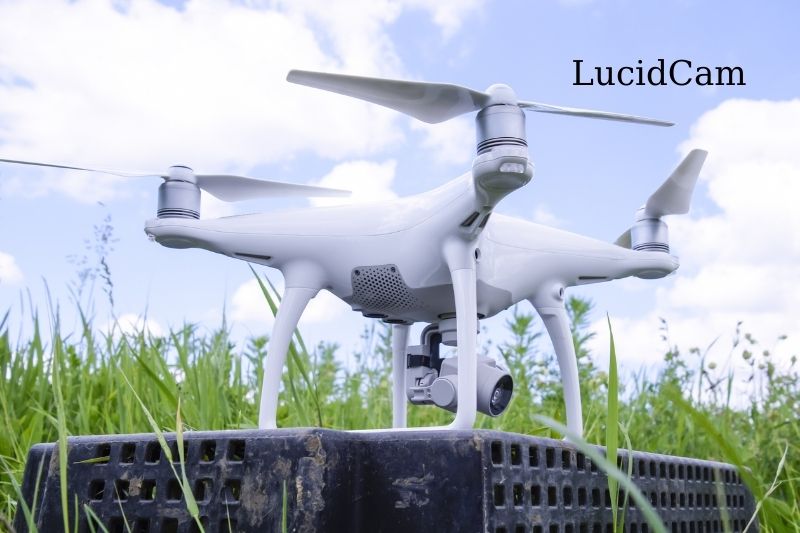
It isn’t much you can do to divide the Phantom 4 Pro V2.0 or Mavic 2 Pro when it comes to flight performance.
The drones have a range of flight modes to make the drone behave differently and intelligent flight modes that allow you to create advanced video effects with the touch of one button.
Both drones are equipped with OcuSync 2.0 and can transmit up to 8km. They can fly at speeds of up to 72kph. The Phantom4 Pro V2.0 averages 30 minutes of flight time, while the Mavic2 Pro takes 31 minutes.
The Mavic2 Pro can fly in more extreme environments. It can operate in temperatures between -10degC and 40degC. In contrast, the Phantom 4 Pro V2.0 can fly in operating temperatures ranging from 0°C to 40 °C.
The flight performance of both drones is impressive and allows you to take great shots.
Flight time
Mavic allows you to fly for 31 minutes of flight time with a single battery, while the Phantom has a battery life of 30 minutes. The Mavic has a slight advantage.
Maximum speed
The drones can travel at 45 mph, so there is no winner.
Range
The Mavic’s range is 8km, while the Phantom’s range can be reached at 7km. It’s another reason to buy the Mavic 2 Pro.
Obstacle avoidance
With two rear visual sensors, The Phantom4 Pro V2.0 is equipped with forward, downward, and infrared sensors. It can detect obstacles in five directions.
Parker has a slight advantage over the Mavic2 Pro, even though both drones are great. Because the drone sensed it as an obstacle, Parker couldn’t catch his Mavic 2 Pro with his hand.
Wind resistance
Both drones can withstand wind speeds up to 23 mph. Mavic, however, is lighter and so gets tossed around more in the wind. In this regard, Phantom is a winner.
High-speed Tracking features
Mavic2 Pro features Active Track 2.0. Phantom uses version 1, and with three Active Track options, users can film subjects in Profile, Spotlight, and Trace.
Parker prefers the Spotlight tracking mode because it allows you to keep the subject in the center of the frame and move the drone around it. This is where Mavic triumphs over Phantom.
Parker tried it out, as both drones can shoot 120fps HD. Is it even usable? It doesn’t look perfect. Parker recommends sticking with the 4K resolution unless you are looking for 120fps footage. However, the Phantom produces sharper and more detailed videos than the Mavic.
Price
DJI’s new drone is also the cheapest of the three, costing $999. Although this is $200 more than the Mavic Air 2, which is similar, but much cheaper, it still represents significant savings over the Phantom4 Pro V2.0 or Mavic2 Pro, costing $1,599.
We don’t think that the Phantom’s iconic design and a few small differences that set it apart from other drones are worth the $600 extra.
The Mavic 2 Pro folds up better than the Phantom. We think the Mavic 2 Pro’s foldable design is the best. 4K video recording is limited to 30fps instead of 60.
Other Features
Intelligent Features
The drones are equipped with intelligent features that maximize your flight time and enhance your creativity.
The Phantom 4 Pro V2.0 offers three ActiveTrack options that allow users to shoot subjects in Spotlight, Profile, or Circle mode.
An improved TapFly Mode allows pilots to fly their Phantom drones in reverse. This is great for taking dynamic aerial selfies. Gesture Mode lets them control certain aspects of their drone photography with their bodies.
For instance, raise one arm, and the aircraft frames your face perfectly in the middle of the photo. Or reach out with both arms simultaneously, and the aircraft starts a selfie countdown.
Draw Mode, which is available while you wait, is an excellent feature. You can draw a route on your remote-controller screen, and your Phantom4 Pro V2.0 will follow that route while maintaining its altitude locked.
The Mavic2 Pro has a wonderful array of intelligent features including four ActiveTrack 2.0 options with new features (Precise Recognition, Trajectory Prediction, and Reliable Obstacle Sensing).
Both drones can fly at up to 72kph/45mph inSport mode.
Remote Controller
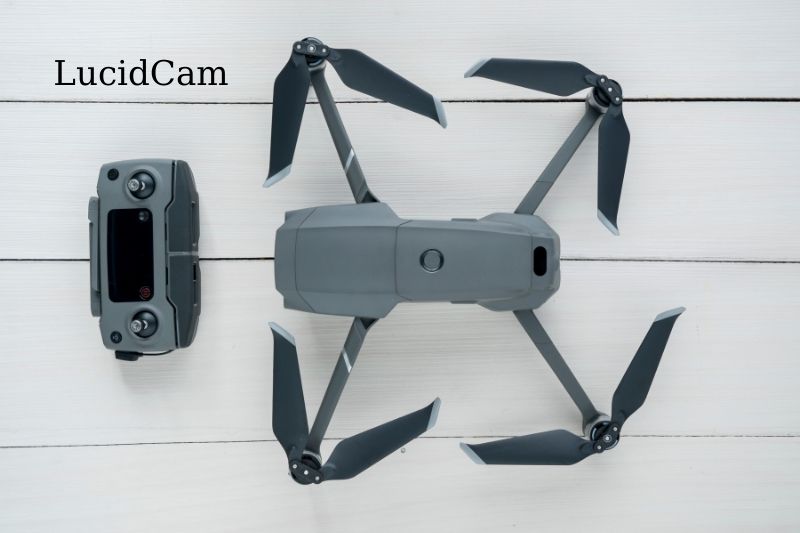
The OcuSync 2.0 transmission system is included with the Phantom4 Pro V2.0 remote control.
You can use the Phantom 4 Pro V2.0 with either the standard or built-in version of remote controllers.
The remote controller display screen features a 5.5-inch 1080p LCD with 1000 cd/m2 brightness. It also includes the DJI GO 4 app. The remote controller also has an HDMI port, MicroSD slot, and microphone. It also offers Wi-Fi connectivity.
The price of the remote controller with a built-in screen (known under the Phantom 4 Pro+V2 package) goes up to PS1,589 to PS1,819.
Mavic 2 Pro pilots have many options.
First, the standard remote control – which can also be integrated with your phone – provides up to 135 minutes of charge. The Mavic 2 Pro’s smart controller is lightweight and incredibly portable thanks to its foldable design and detachable sticks.
Mavic 2 Pro operators may also opt for the DJI Smart Controller. It features a 5.5-inch 1080p LCD that is bright and visible even in direct sunlight.
The DJI GO 4 app is built into the remote controller. This eliminates the need to download an app mobile device during operation
Safety Features
Safety is paramount, and the Phantom4 Pro V2 and the Mavic 2 Pro have a variety of safety features that will give you confidence during flight time.
The Phantom4 Pro V2.0 offers reliable obstacle sensing in five directions with its rear visual sensors, forward and downward sensors, as well as infrared and infrared sensors.
For more excellent safety, the Mavic 2 Pro features omnidirectional obstacle sensing (forward and downward, right, left, right, and backward) to increase flight safety.
APAS is a feature that allows the drone to fly forward and backward, avoiding obstacles behind and in front of subjects. APAS will automatically plan a flight path to avoid obstacles in flight.
Two drones can be used to return home.
Hyperlapse Features
Phantom does not have the hyper-lapse feature, which is a new feature on the Mavic 2 Pro. Parker loves it and uses it. However, it can be a little shaky when it’s blowing. It is best only to use it in good weather.
Hyperlapse mode allows you to take fantastic motion shots with four options (Free Circle, CourseLock, and WayPoint) and automatically stabilizes clips during post-processing.
Hyperlapse mode not only allows you to capture incredible motion shots with four different shooting options but also automatically stabilizes clips during post-processing.
HyperLight is a feature on the Mavic 2 Pro that enhances images and reduces noise.
There are four shooting modes for panoramas: Sphere, 180 Horizontal, Vertical, and a bunch of QuickShots such as POI 2.0, Waypoint 2.0, and Boomerang. Both beginners and experts can use various shooting modes.
Recommended Users – DJI Phantom 4 Pro vs Mavic Pro 2
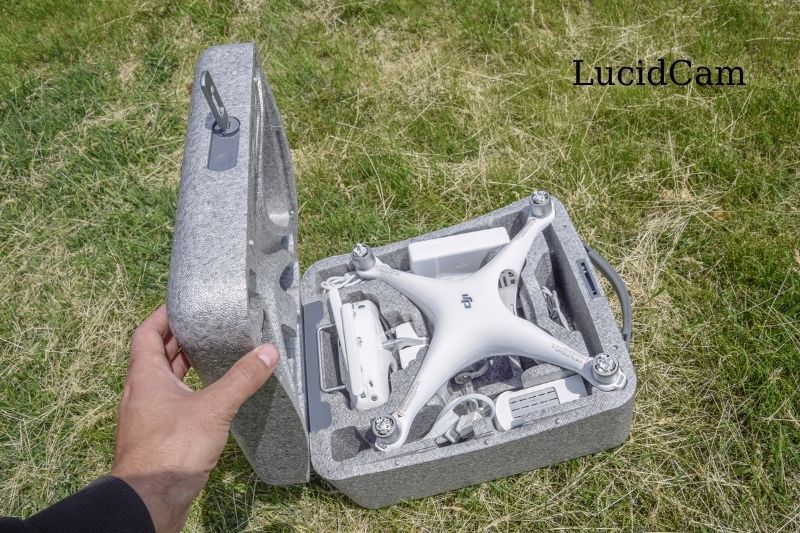
The Mavic 2 Pro and Phantom 4 Pro V2.0 have a 1-inch CMOS sensor and unique features. They are excellent choices for aerial photography applications.
Mavic 2 Pro is a well-balanced combination that combines power, portability, and flight performance. Mavic 2 Pro is a great choice if drone portability, omnidirectional sense, and 4k 10-bit HDR are essential features.
The Phantom 4 Pro V2.0 is the perfect drone for users who want to capture fast-moving objects and 4K/60fps videos, as well as professional shooting options. The Phantom4 Pro V2.0 and Mavic 2 Pro are great options for an enjoyable flying experience with advanced features.
Your needs will determine which drone is suitable for you. This is my opinion based on the use cases and profession.
Aerial Photography: Mavic Pro
The Mavic 2 Pro’s color profiles look great, and the gimbal keeps it steady. The Mavic 2 Pro has no issues allowing me to shoot 1-second exposures. This is a simple choice.
Real Estate: Mavic 2 Zoom ($1,249)
Zoom! The DJI Mavic 2 Pro is the best choice if you’re serious about it. I do love the 4X zoom in full HD and the $250 cost savings.
The Phantom4 Pro has no benefits for real estate photographers or videographers, so I recommend that you get one of the Mavic 2 models. The original Mavic Pro ($999) is my recommendation.
Although it may be less expensive, the 60 megabit video and the color profiles are not as impressive for the more experienced photographer.
Mapping: Phantom 4 Pro
The 20MP camera, global shutter, and low price make this the best drone for mapping. The upgraded Phantom 4 RTK is the best option if speed and accuracy are essential to your needs.
Professional videographer: Phantom 4 Pro
The Phantom 4 Pro 4K video is better if you need a professional-grade video.
The DJI Mavic 2 Pro: Weekend warrior and world traveler. With less editing, the color profiles will impress your audience. The Mavic 2 Pro is easier to pack in luggage than the Phantom 4 Pro.
FAQs
Is the Phantom 4 Pro V2 really worth it?
This drone is a pro-level model thanks to its 20MP sensor (1 inch) and the ability to shoot 4K video at 60 frames per second. Although it isn’t the most expensive or smallest DJI drone, all these features combined with its speed and power make it a compelling choice for drone pilots.
What is the maximum range of the Phantom 4 Pro 2.0?
Two types of controllers are compatible with the Phantom4 Pro: standard and optional. Both can switch between the 2.4GHz and 5.8GHz frequency bands with a maximum range of 4.3mi (7km).
Is there a DJI mini 2 Mavic?
The next DJI Mini could cost less than $250
DJI’s Mini 2 drone sold by DJI in November 2020, one year after the Mavic Mini. … If you waited and hoped for a Mini 3, you don’t have until November 2023 to get one.
Conclusion
The DJI Phantom 4 Pro V2.0 is a powerful and versatile drone that will meet most people’s needs. Still, it can be beaten by the more expensive DJI Mavic 2 Pro if you need some specific features like better image quality, omnidirectional sensing, or obstacle avoidance sensors.
If your budget is tight, we recommend going for the original Mavic Pro as it still offers excellent video performance at a lower price point.
But no matter which one you choose, make sure to read our article on “what drones are best” before making up your mind! We hope this has been helpful – feel free to comment with any questions below!
